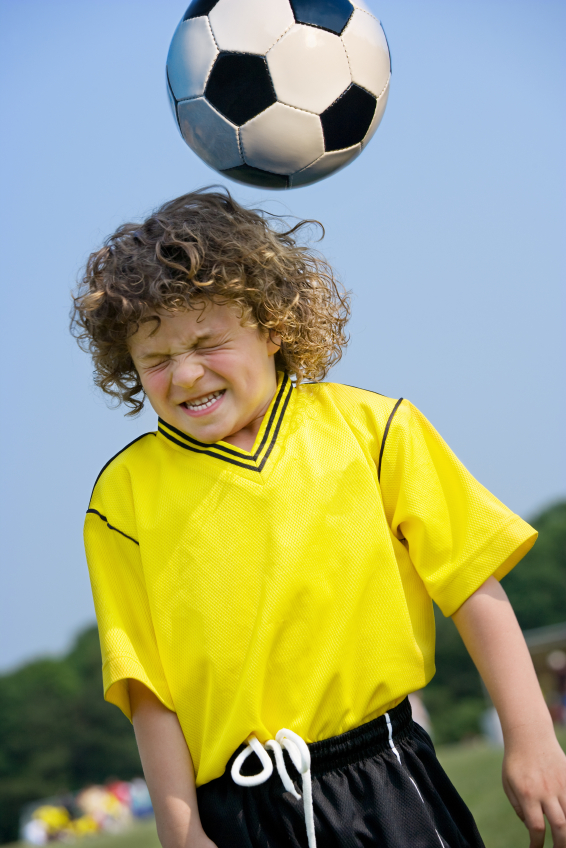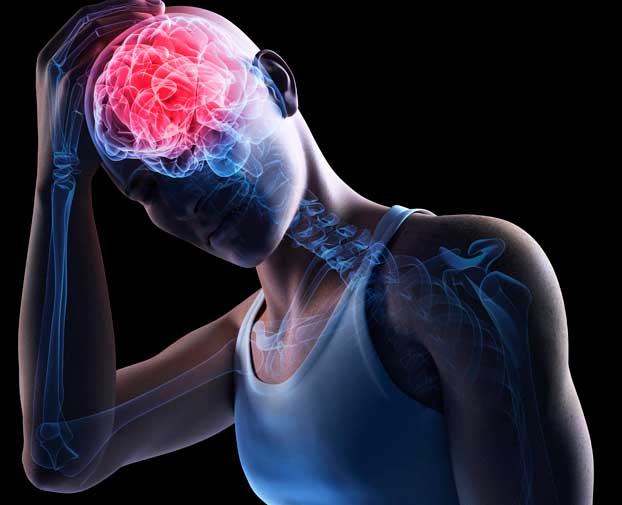 One of the hottest topics this summer promises to be how to handle concussions in youth sports. From football practice to baseball, skateboarding to bicycle riding, our children will be outside playing, and our first goal is to keep them safe. With tragedies from concussions occurring at the professional level on down to high school, the medical community has increased its research into the consequences of head injuries.
One of the hottest topics this summer promises to be how to handle concussions in youth sports. From football practice to baseball, skateboarding to bicycle riding, our children will be outside playing, and our first goal is to keep them safe. With tragedies from concussions occurring at the professional level on down to high school, the medical community has increased its research into the consequences of head injuries.
In 2013, the American Academy of Neurology (AAN) released new guidelines to follow, forcing sports at every level to re-evaluate their process of diagnosis and management of concussions. The AAN warns that even the slightest concussion can be serious, with long-term side effects or life-threatening ramifications. Therefore, whether it’s a hard blow to the head or just running into each other, “getting your bell rung” is now taken more seriously than ever before.
While concussions can affect many areas of the body, the vision system tends to be affected more consistently than others. Fortunately, many of these side-effects can be alleviated through vision therapy and light therapy with a developmental optometrist.
Here are some of the most common concussion symptoms we can help with:
- Blurred vision, double vision
- Headaches, aching eyes
- Sensitivity to light or glare
- Lack of attention and/or concentration
- Memory loss or slow retrieval
- Comprehension difficulties
- Confusion with surroundings
- Inability to maintain visual contact
- Reduction or loss of depth perception and/or peripheral vision
- Reading issues: tracking words, focusing, or words seeming to move
- Eye alignment or eye teamwork problems
- Laboring to see near and/or distance objects clearly
Visual problems are often overlooked in concussions due to concern for other medical complications. The assessment is generally done by a sports trainer or doctor and not a vision specialist. Since the brain and eyes work closely together, any brain trauma can disrupt the visual process, interfering with the flow and processing of information, affecting memory, concentration and comprehension. The resulting problems may be temporary or become lifetime issues if left untreated. Thus, it is crucial to be tested by a vision specialist not only at the time of trauma, but again later, to assess progress of symptoms.
We are certified to work with brain injury patients. Our aim is to relieve the visual symptoms, strengthen the connection between the brain and eyes, and halt further damage from the injury. We provide an extensive evaluation of all visual skills, and following diagnosis, offer options in colored light therapy and vision therapy, as well as the use of lenses and other aids.
The prevalence of concussions in football is well documented, but concussions can also occur being hit in the head by a baseball, falling in gymnastics or cheerleading, wrecking a bicycle, skateboard or motorcycle, diving into the pool, or simply running into an object or another child.
“Every bump, blow, or jolt to the head or body can potentially cause a concussion,” warns the U.S. Department of Health and Human Services – Centers for Disease Control and Prevention. “Most concussions occur without loss of consciousness. Do not play through symptoms of concussion. You can increase your chances of having a repeat concussion, which can slow recovery and increase the likelihood of long-term problems.”
That is why it is imperative to follow the procedures for assessing and treating concussions – no matter how minor the incident seems – and why we recommend you make an appointment to see us if your child takes a blow to the head this summer in any activity. No injury is too small or too large for us to help you with.
For more information about concussions or to schedule an appointment, please contact our office today. Concussion symptoms should not be ignored or waited out. Your chances for recovery are much better if you visit us as soon as possible.
